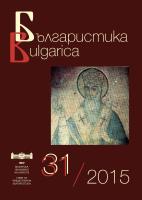
We kindly inform you that, as long as the subject affiliation of our 300.000+ articles is in progress, you might get unsufficient or no results on your third level or second level search. In this case, please broaden your search criteria.


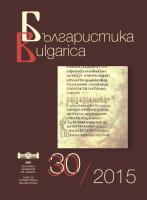
Content of the main Bulgarian scientific journals for the current year in linguistics, literature, history, folklore, ethnography, archeology and art studies
More...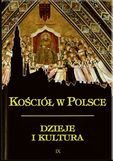
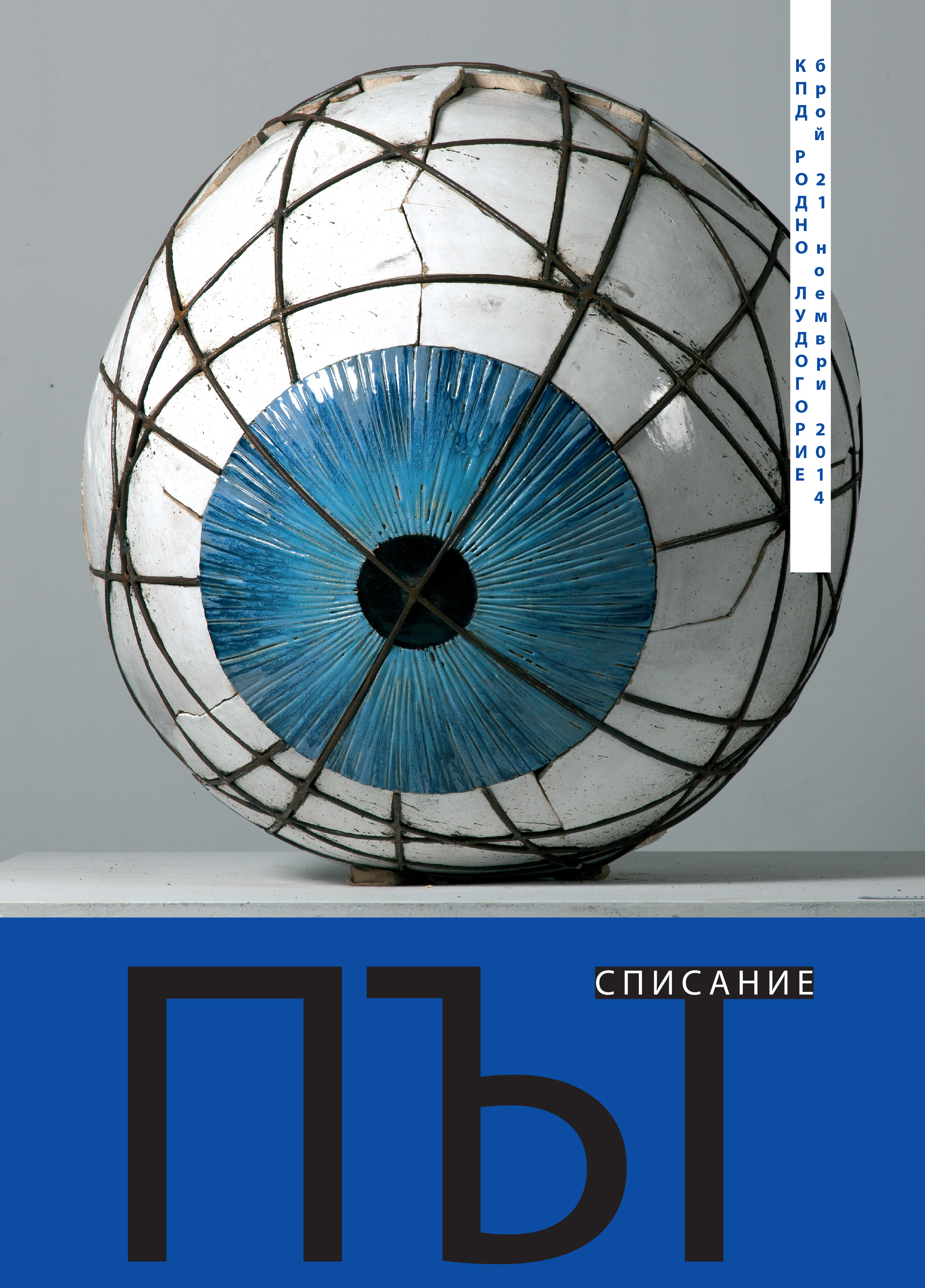
This article represent textual part of the book of Franz Babinger "Sheikh Bedreddin, the son of the judge from Simav" (translation by the editor).
More...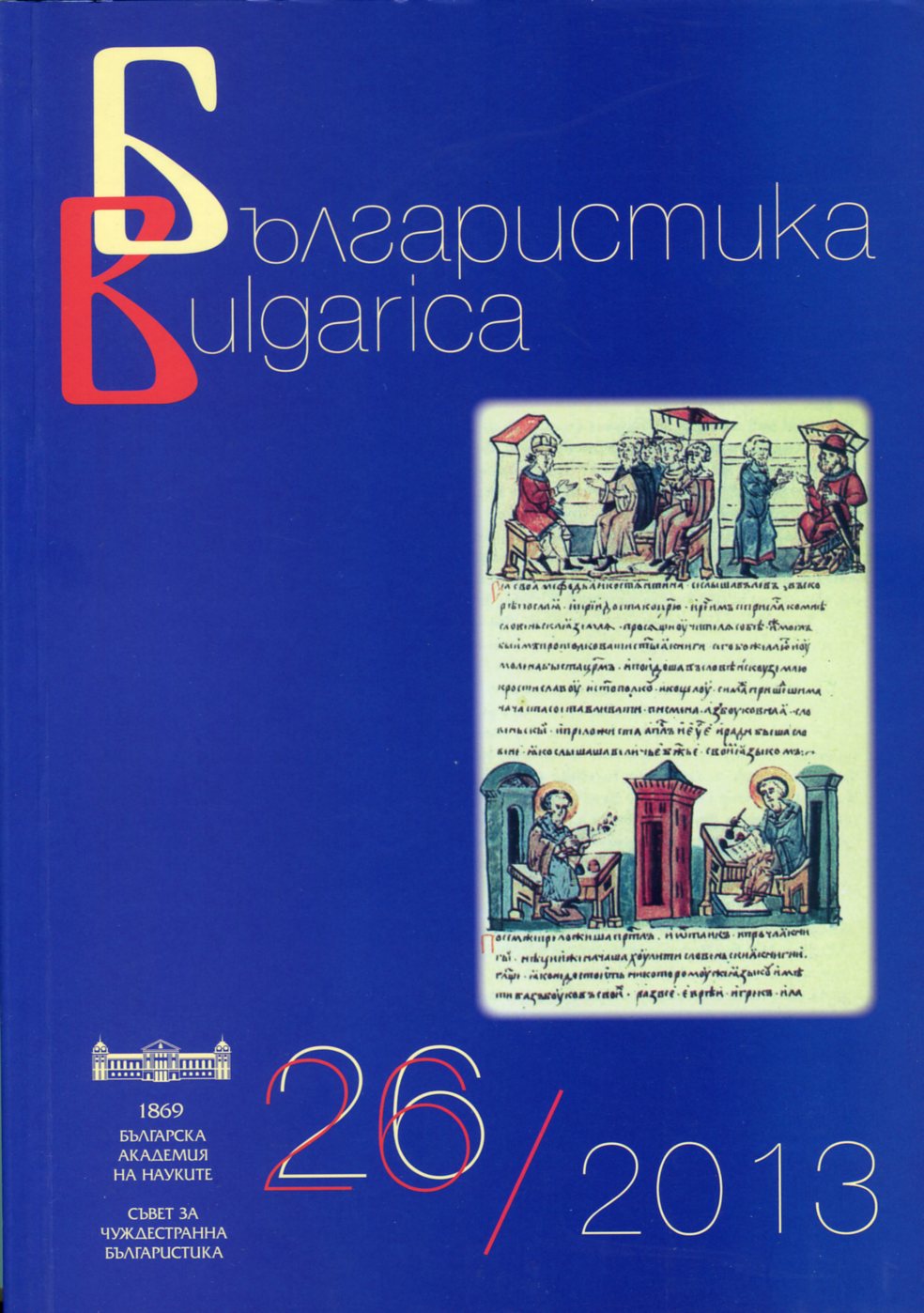
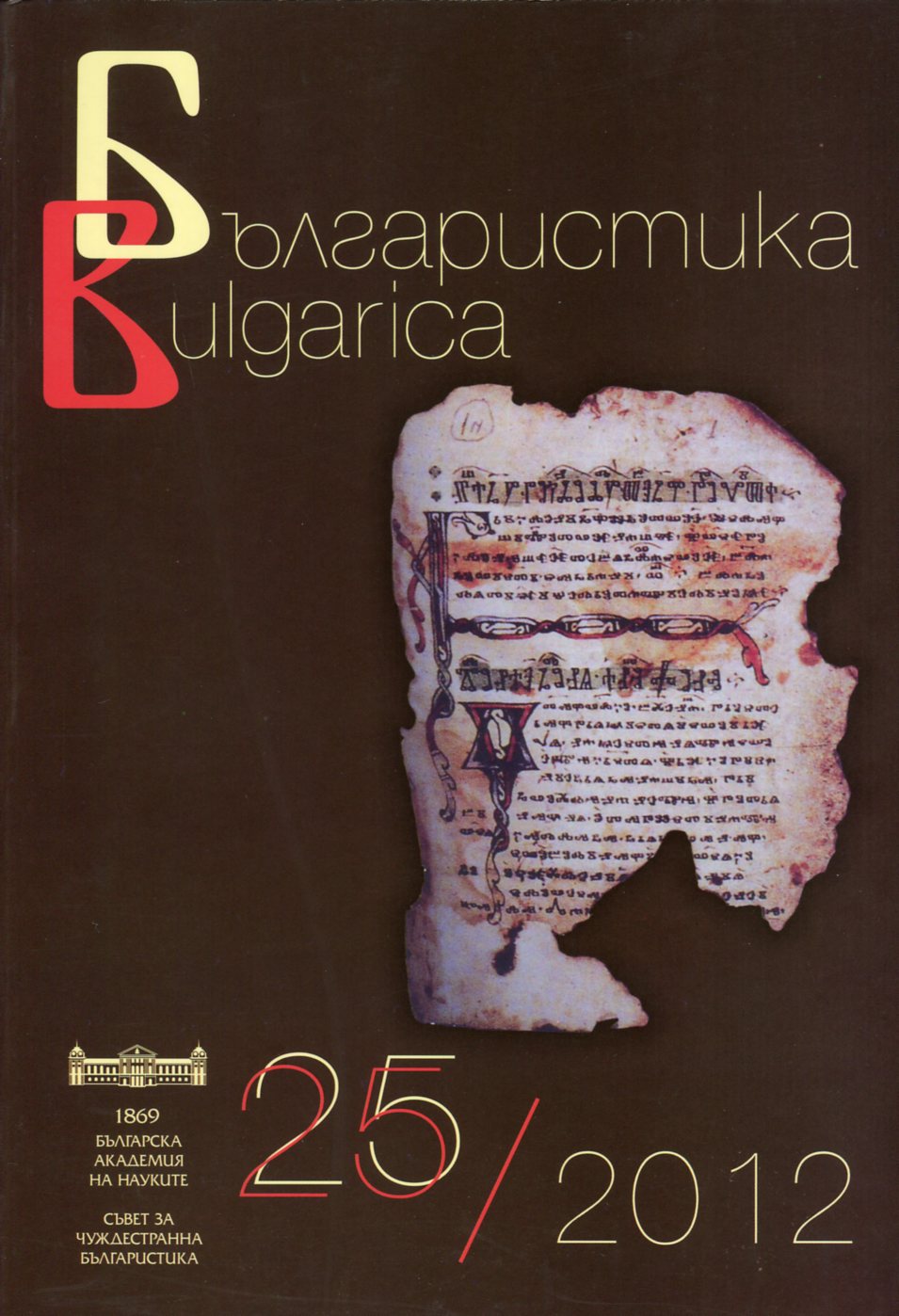
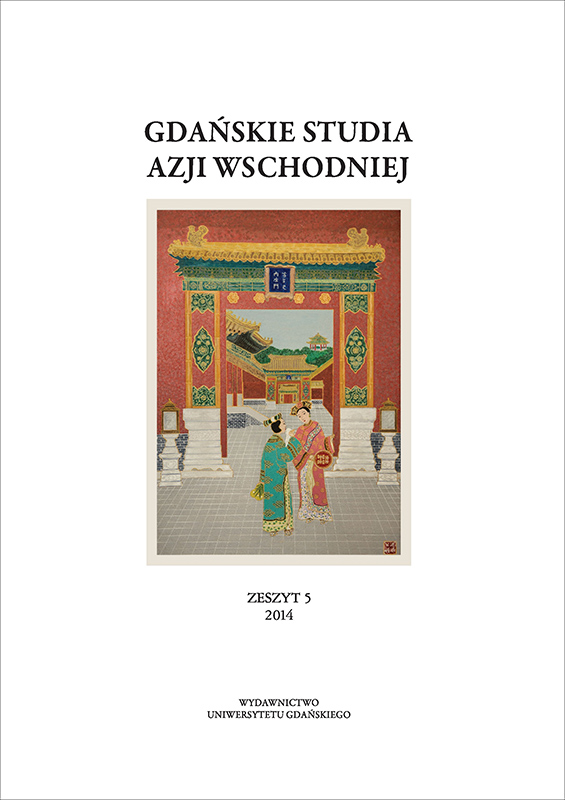
The article describes the history of Polish relations with China, starting from the end of the 13th century to the end of the 18th century. It focuses mainly on political and economic relations, but it refers to the civilizational and cultural relations as well. The Author omits, already quite well analyzed, issues concerning the Jesuit and Franciscan missionaries in China. The Author mentions the Battle of Legnica on Dobre Pole on 9th April 1241, which should be considered as the first contact between the Poles and the Mongols. The Author mentions diplomatic mission of the Franciscan Benedict the Pole who on 22th July 1246, as the first Pole, reached Karakorum in Mongolia. However, the most part of the article concerns the attempts to find a simpler way to China through the lands of Moscow, which has failed, and even in the 12th century, the Poles used the sea route or traveled through Persia. The article highlights the efforts of missionaries and diplomats in that matter. As the most interesting issue in Polish-Chinese relations in the period until the end of the 18th century, the Author indicates an attempt to establish direct relations between the king Jan III Sobieski and the Chinese emperor Kangxi. Jan III Sobieski after the victory over the Turks at Vienna has sent one of his portraits to the emperor’s court, who accepted the gift and has responded writing him a letter. Moreover, in the 18th century, not only the king Jan III Sobieski, but also merchants, middle-class bourgeois and landowners possessed Chinese products, especially Chinese porcelain.
More...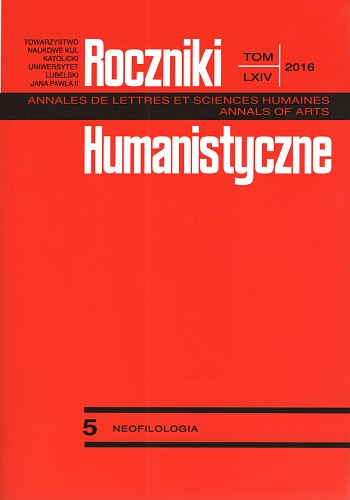
This article discusses an observable revival of the interest in the Middle Ages in Germany. This phenomenon—sometimes called medieval renaissance—manifests itself particularly in various areas of popular culture. To prove the thesis posed, the author analyses a handful of these areas, that is: exhibitions, historical reconstructions and imitations of medieval fortresses and settlements, social and computer games as well as reconstructed medieval fairs and chivalry contests. The article presents a survey of the past and present cultural events serving as evidence in favour of the main thesis. At the same time, the author asks about the reasons for this increased interest in the Middle Ages. Representative opinions of historians and other specialists, as well as fans of the Middle Ages seem to suggest one clear answer: the 21st-century man yearns for an alternative reality, dissimilar to the fast and noisy contemporaneity. The Middle Ages offer a shelter based on the strong foundations of the fixed medieval reality and the stable system of values.
More...
The article reveals certain language peculiarities of one of the unexplored manuscripts, Zakhariinskii Parimeinik of 1271. On the one hand, the manuscript reflects the Pskov-Novgorod dialect features: the mixing of affricates w and Ÿ as well as sibilant and hushing sounds, a particular type of the reflexivity of TъrT groups, the use of ;u along with ;l, etc. On the other hand, there are many spellings of South Slavic origin in the manuscript. All this makes it possible to state the appearance of obsolete orthography in Zakhariinskii Parimeinik and to specify information about the number and territorial belonging of the scribes, who worked on the text.
More...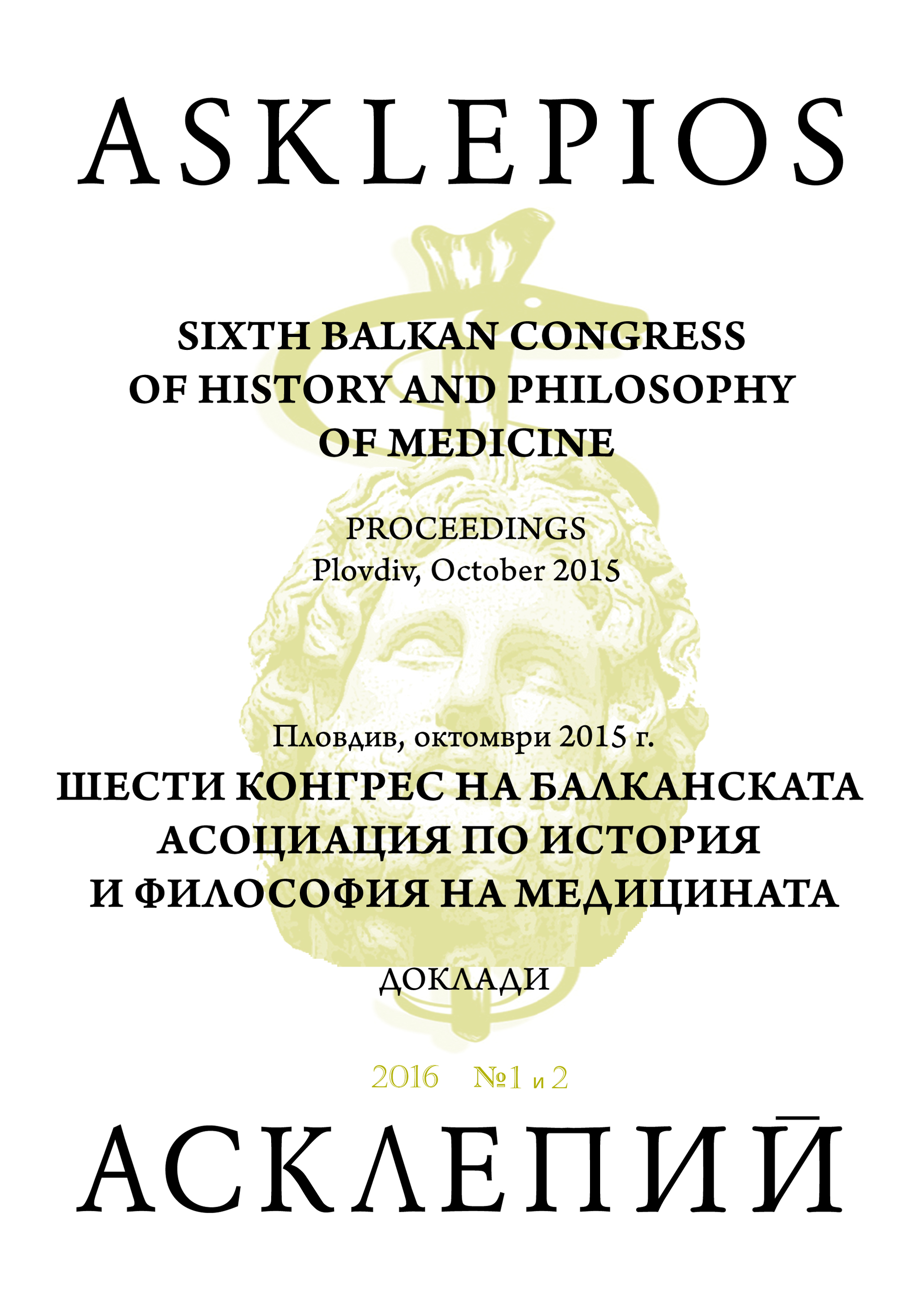
Subject of research is the activity of Amirdovlad Amasiatsi in Plovdiv. He is among encyclopedic figures in the Ottoman Empire during the in its expansion in the Balkans in the XV century. Its activity is reflected in official documents and original medical works. The new read activities of Amasiatsi aims not only to promote a medieval physician and pharmacologist working in the Bulgarian lands, but whose works reveal scientific and cultural trends imposed during XV – XVII century. The activity of Amasiatsi consider three aspects that represent three separate research tasks – the role of Amasiatsi as a physician and scientist in the specific historical conditions in the Balkans, focusing on its activities in the region of Plovdiv and placing this work in the context of trends imposed in called. «Dark ages» – the destruction of the Christian intelligentsia, the collapse of education and scientific knowledge depersonalization of culture. Positive trends are striving to defend the faith, creation of literature in spoken language, care for the education of students – future healers and pharmacologists. In this sense, what Amasiatsi in Plovdiv is an expression of moral, ethical and human values inherent in the spirit of the Hippocratic medicine scientific medical school in Constantinople.
More...
The paper reconstructs the place and role of solar and lunar optical phenomena in the sacral picture of the universe by the Eastern Slavic society during the pre-Mongol period. The written and folk interpretation of halo traditions, solar and lunar shine is analyzed. The views on atmospheric diffraction phenomena as weather signs and omens of political changes are also investigated. The people of Old Rus’ believed that simple halos defined weather changes. At the same time, complex halos predicted victory or political crises and signified holiness of the deceased person. The common mind connected the sacred solar and lunar halos with the figure of prince and (in the Christian era) saint pretenders. The folklore also associated the phenomenon of halo with the special solar and lunar sacred activities. The literary presentations of complex halos could reflect the biblical semantics of light and glow as heavenly fire and evidence of the glory of God.
More...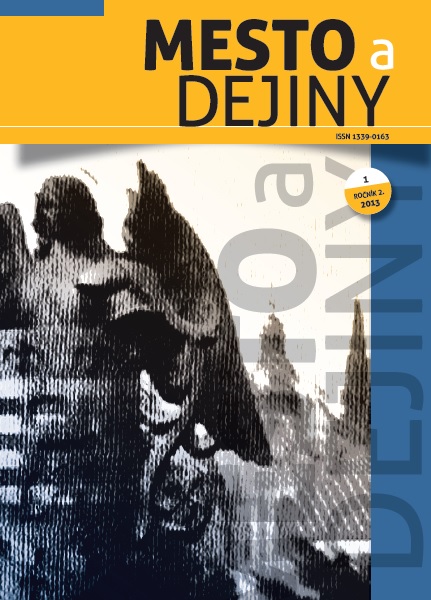
The houses on the Dominikanske Square 11 and Alzbetina Street 17 are situated in the northwest quarter of the medieval city. An important finding was reached during the research of the houses, what is the definition of the medieval ground alignment. The house at the Dominikanske square 11 had practically today's niveau and the plain of the square leaned towards the Dominican church. At Alzbetina Street 17, there is the 15th century entrance situated in the depth of approximately 3m below the surface. The primary single-room houses were apparently shifted behind today’s street front. The 14th century heart of the house on Alzbetina Street 17 was partly vaulted and partly covered by flat ceiling. The 15th century house on Dominikanske Square 11 apparently replaced older building. The single room with the barrel vault remained.
More...
Medieval towns were not an isolated island, but a living organism with intense interactions with its environment. From a demographic point of view they were dependent on the flow of people from beyond its walls. The town needed new people to its natural development and functioning. In the example of five Slovak towns (Bratislava, Trnava, Bardejov, Prešov, Košice), we have shown how immigration and immigrants contributed to their demographic picture. The main sources for exploring this question were the registers of new burghers and also the tax registers. These sources, however, do not register low-income inhabitants forming a significant part of the urban population. Therefore, on the basis of their analysis, we can not form a realistic picture of the immigration. German patriciate played a leading role in researched towns, what is reflected by the data coming from the registers of the burgher rights acceptance. They provide evidence that the burgher rights were granted mostly to the persons of German nationality (except Trnava). The regular trade contacts with foreign countries have led to the immigration of foreigners mostly of German origin. Location of the city and its surrounding neighborhood with different ethnicity played also its role.
More...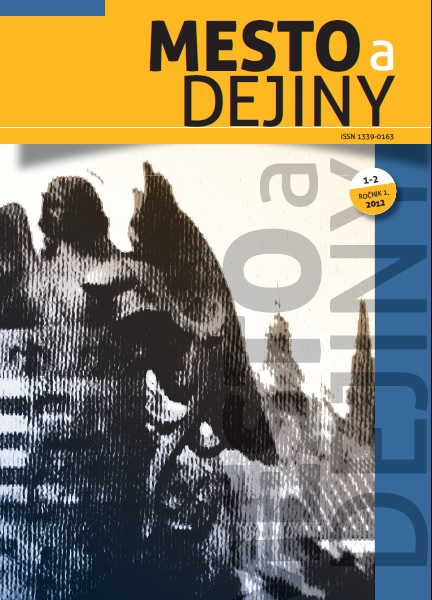
The paper researches the history of manifold political relations between the Kraków monarchs, the developing towns of Lesser Poland growing into an economically important position, the clergy, and in particular the powerful bishops, and the class of knights at the turn of the 13th and 14th centuries. In the history of Poland this is an important period of many and varied pressures in the struggle for power and both political and economic prevalence. In particular the paper focuses on the relations of four consecutive princes, Boleslaus the Shy, Leszek the Black, Wenceslaus II of Bohemia, and Wladysław Łokietek with the town of Kraków, located by the first of them, and then developing under the royal privileges, until the rebellion of Albert and loss of the political and economic position under the last prince.
More...
In 1965 František Matějek pointed to the mutual rivalry between what we can call municipal and manorial economy in the 16th through the 17th century. However, the question to what extent did the residues of the duchy land tenure made it hard for the municipal council to gain control of all the suburban domains whose legal status was different seems to remain unexplored – the conjecture here is that it was just the foregoing landlord domain that tried to prevent the municipality from making attempts at the use of the considerable economic potential and benefits that the overall area of the Opavian suburbia definitely rendered. The purpose of the following contribution therefore lies in showing whether or not did the municipal council succeed in exploiting at least some parts of the suburbia and, if they did, whether the latter underwent some changes that suited the interests of the community.
More...
The study was performed in order to introduce into scientific circulation the part of an Orthodox “encolpion” from the ancient settlement site of Samosdelka in the Volga delta (layers of the 12th century). The objectives of the study are cultural and historical interpretation of the artifact and its dating. This cross gives an indication of the extent of Christianity in the city of Saqsin during the pre-Mongolian period. Furthermore, it allows to identify another way of contacts between the worlds of Islam and Christianity, i.e., through the area of Saqsin and Russia. The paper provides a number of examples to prove that crosses of this type were most popular in the 11th–13th centuries. Such artifacts were well known in Medieval Russia, but they originate from the vicinity of Kiev. The cross from Samosdelka settlement refers to the period from the middle to late 12th century. It is likely to have been brought to the Volga delta by one of the Russian merchants. The small quantity of objects of Christian worship, as well as the lack of any information about the Christians in the Lower Volga region during the 12th–13th centuries in written sources make us to conclude about the weakness of direct contacts between the Christian regions and the area of Saqsin, which was generally Islamized at that time. The obtained results are important to describe the cultural situation in the Lower Volga region on the eve of the Mongol invasion.
More...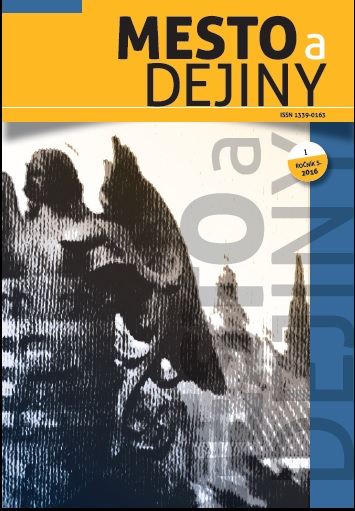
The study presented sets its aim as setting out the key themes and significance of the complex research of the municipal offices, using the example of Bohemia and Moravia, so the knowledge gained could become an indispensable base for further study of urban history. Despite the undoubted difficulty, which is placed on the researcher of research focused in this way, the reconstruction of the Hradec (Králové) municipal office activities to 1620 for instance proved that even with the greatly fragmentary nature of the material, it is possible to reach quite fundamental knowledge on the development of the Bohemian urban milieu, especially thanks to overcoming the formal diplomatics analysis and studies of the isolated sources and thanks to the use of knowledge from a number of historical disciplines. Another indisputable advantage is monitoring a longer time period of the development of the relevant office, which can easily reveal the progress or regress of the individual towns, that had not yet formed a homogeneous whole in Bohemia and Moravia even in the period of the Early Modern Period, namely not even in the case of royal towns. This certain individual nature is typical also for the area of municipal offices, the organizational structure of which and the method of keeping the documents reflect the importance and emancipation of the relevant urban milieu and generally also the number of its denizens. It was only the reform interventions of Maria Theresia and especially then Joseph II that created the new conditions for the development of municipal office practices and for their unification, which arose from the new classification of Bohemian and Moravian towns.
More...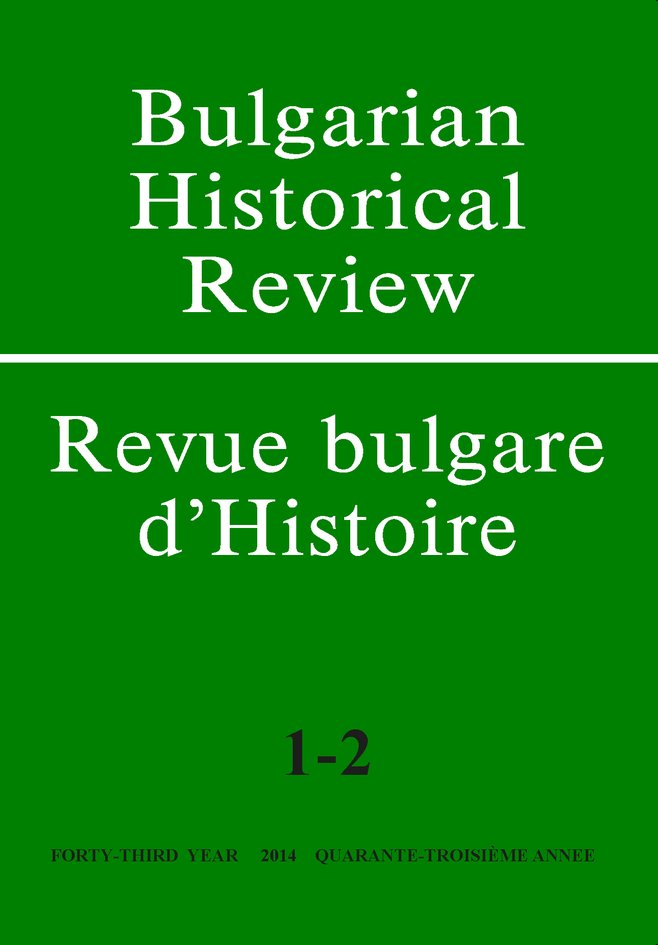
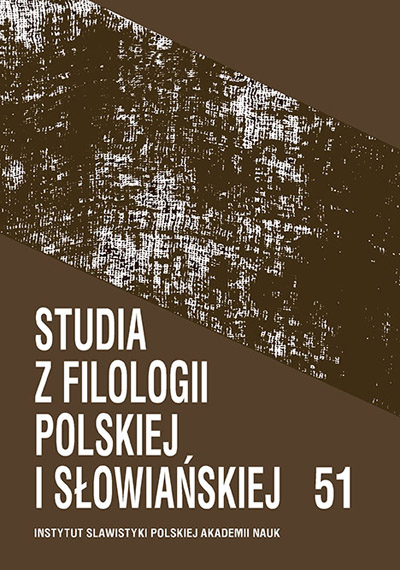
The paper gives a comparative historical analysis of derivative words with the i / i/y- interfix and a verb as the first component in Serbian, Russian and Polish from the standpoint of contemporary Slavic morphology (derivatology). The aim is to provide their description in terms of semantic variation. The author ascertains that all the three languages feature a derivational model of forming expressive lexis by means of the i / i/y- interfix, predominantly nouns, of mostly humorous and pejorative meaning. A special group is formed by onyms (nicknames turned surnames, but also toponyms, oronyms, hydronyms etc). This type of words first occurred in Serbian and Russian in the thirteenth century (possibly in Serbian in the eleventh century), and in Polish in the fifteenth century. Judging by the available sources, derivatives with the i- interfix appear frequently in historical as well as modern Serbian, Polish and Russian (much more in Serbian and Polish than in Russian). In Serbian and Russian pre-nineteenth-century sources chiefly given names and nicknames-turnedsurnames were noted (in Russian, also some animal and plant names as well as abstract nouns). In Old Polish, words of the discussed kind are zoological and botanical lexemes; from Middle Polish on, the lexemes encompass all semantic categories characteristic of modern Serbian and Russian. It should, however, be stressed that the inaccessibility of the spoken language as well as the limited number of sources introduce considerable uncertainty to observations regarding the time of origin and vocabulary of the first centuries of Slavic languages. This applies especially to expressively marked lexemes, a considerable portion of which is constituted by common nouns of the “A (verb) + -i- / -i/y- + B” model. In contemporary Serbian, Polish and Russian, the lexis formed by means of this derivational model is almost equally developed conceptually and relates predominantly to the same phenomena. Expressive words in all three languages are formed in the processes of metonymisation, metaphorisation, personification, hyperbolization and grotesque, and are characterized by numerous derivational and semantic equivalents.
More...